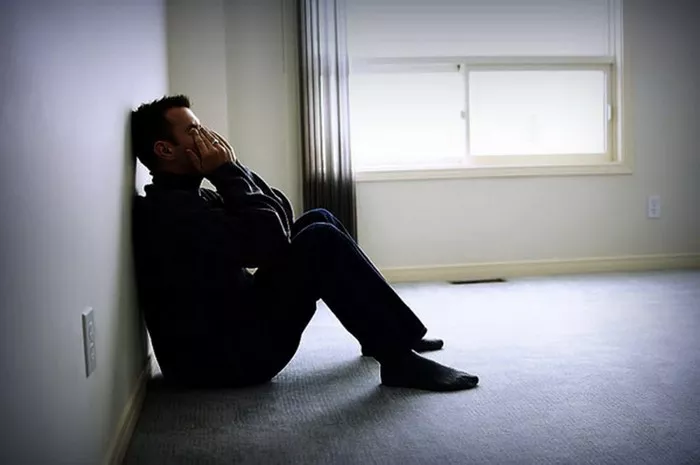FAQs
Is sad and depressed the same thing?
Sadness and depression are not the same thing. Sadness is a normal human emotion triggered by a specific event, while depression is a complex mental health condition characterized by persistent feelings of sadness, hopelessness, and loss of interest or pleasure in activities.
Is depression just another word for sadness?
Depression is not simply another word for sadness. While sadness is a temporary emotional state, depression is a clinical condition that involves a persistent and pervasive feeling of sadness, accompanied by other symptoms such as changes in appetite, sleep disturbances, and difficulty concentrating.
What are the 3 levels of depression?
Depression can be categorized into mild, moderate, and severe levels. Mild depression involves experiencing some symptoms that impact daily functioning but don’t significantly impair it. Moderate depression includes more intense symptoms that interfere with daily activities. Severe depression is marked by debilitating symptoms that can lead to serious consequences without treatment.
Related topics:
- Isolation on Mental Health: Understanding and Overcoming Depression
- Sadness During Pregnancy: Navigating Emotions for Expecting Mothers
- The Impact of Sadness on Heart Health


